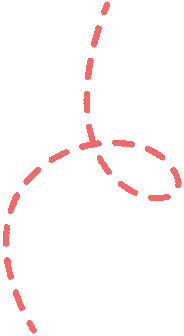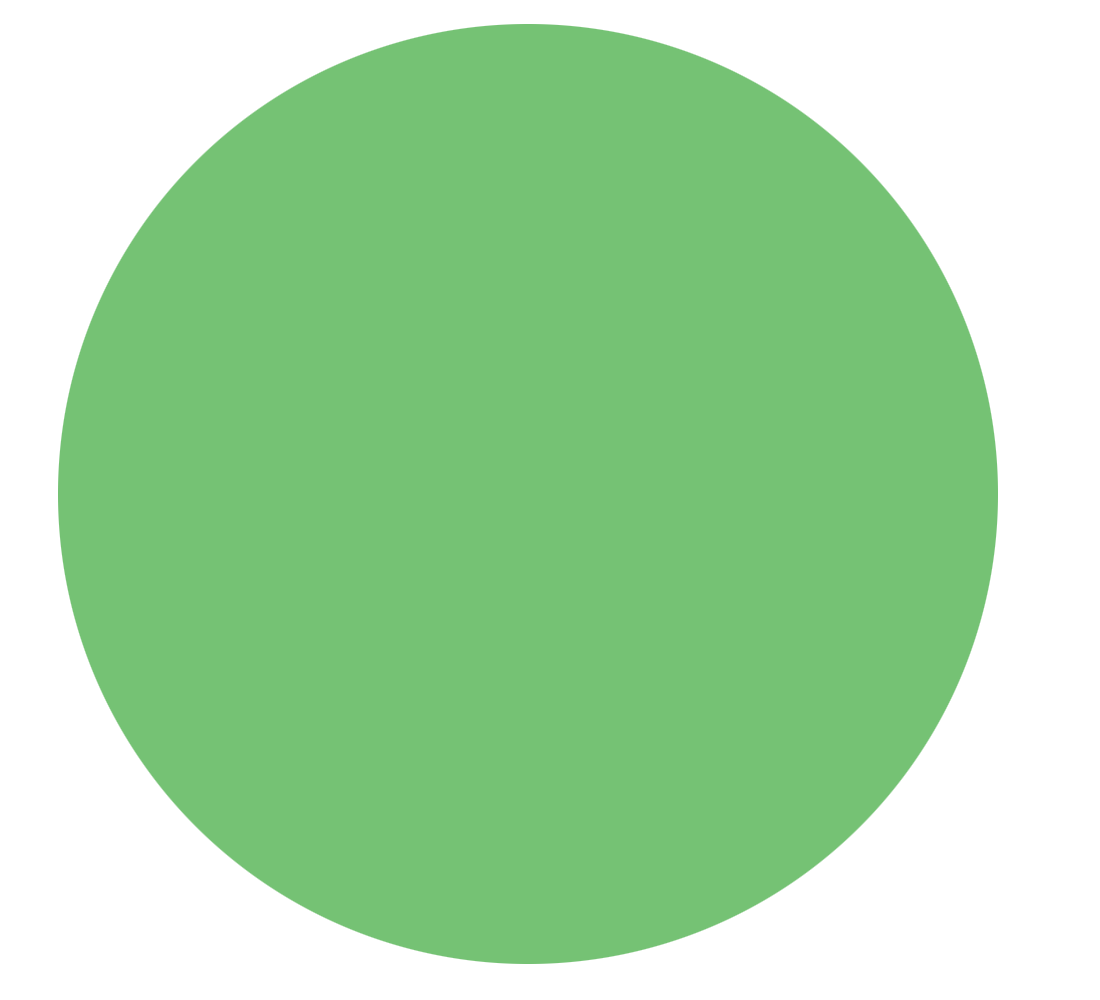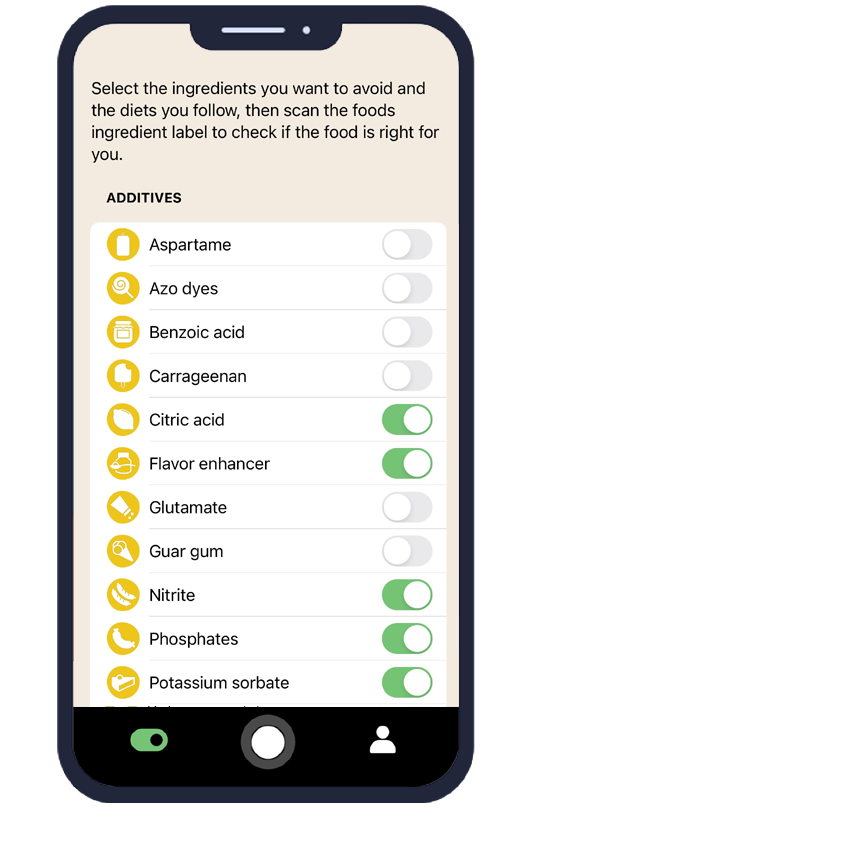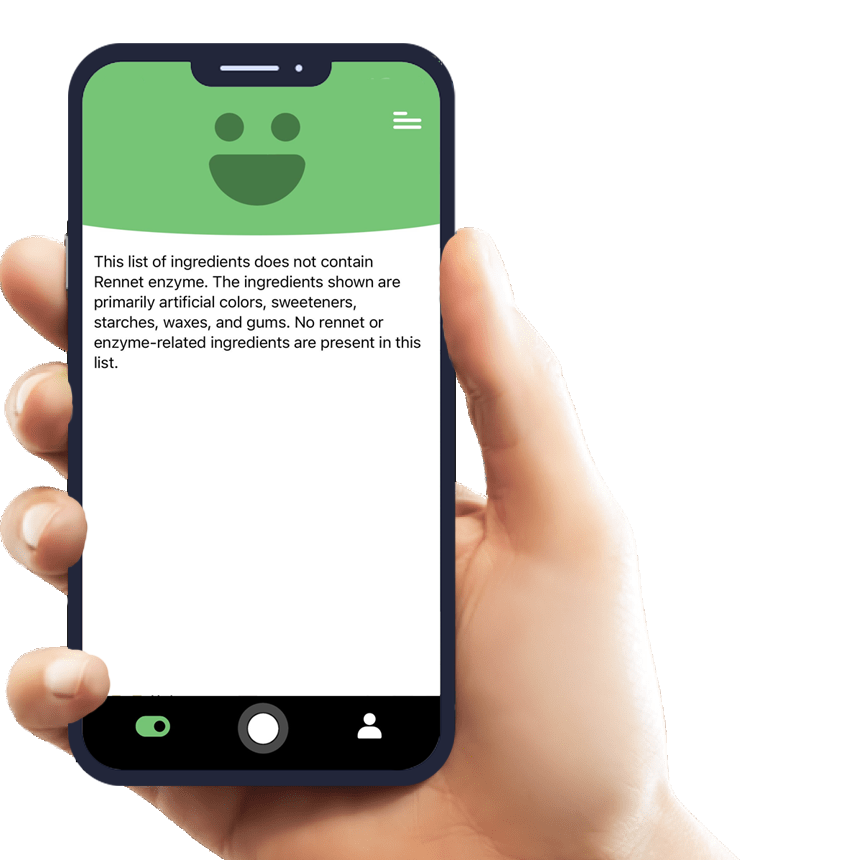Everything You Need to Know About Phosphates and How AI Eat This Can Help
Phosphates are among the most widely used food additives in the modern food industry, serving essential functions in processed foods and beverages. For consumers with specific dietary restrictions, kidney disease, or those simply wanting to maintain better control over their nutrition, identifying Phosphates in food products can be challenging. The AI Eat This mobile app revolutionizes how we approach food ingredient identification, using advanced AI technology to scan and detect Phosphates in any food product, regardless of language or packaging.
What Is Phosphates and Where Is It Used?
Phosphates are chemical compounds containing phosphorus that serve multiple functions as food additives. They act as preservatives, emulsifiers, stabilizers, and leavening agents in countless processed foods. The food industry relies heavily on Phosphates to maintain product quality, extend shelf life, and improve texture in manufactured foods.
These food additives appear under various names and E-numbers on ingredient labels, including sodium phosphate (E339), potassium phosphate (E340), and calcium phosphate (E341). Understanding these different designations is crucial for consumers trying to avoid Phosphates in their diet.
Common Foods Containing Phosphates
Phosphates are prevalent in numerous processed foods and beverages. You'll commonly find them in:
- Processed meats like deli meats, sausages, and canned ham
- Dairy products including processed cheese and flavored milk
- Baked goods such as cakes, muffins, and commercial bread
- Soft drinks and flavored beverages
- Frozen foods and ready-to-eat meals
- Seafood products, particularly those that are processed or canned
Is Phosphates Safe? What Does the Research Say?
Regulatory Approvals and Guidelines
The FDA has approved Phosphates as Generally Recognized as Safe (GRAS) for use in food products. Similarly, the European Food Safety Authority has established acceptable daily intake levels for various phosphate compounds used in food production.
The World Health Organization recognizes that moderate consumption of Phosphates through normal dietary intake poses no significant health risks for the general population. However, regulatory bodies emphasize the importance of monitoring total phosphorus intake, especially from processed foods.
Risks for Specific Groups
While Phosphates are generally safe for most people, certain individuals may need to limit their intake. People with chronic kidney disease must carefully monitor their phosphorus consumption, as their kidneys cannot effectively remove excess phosphorus from the blood. This makes identifying Phosphates in food products essential for managing their dietary restrictions.
Some individuals may also experience sensitivity to high levels of Phosphates, though true Phosphates allergy is extremely rare. More commonly, people choose to avoid these food additives as part of a clean eating approach or to reduce their intake of processed foods.
How Does AI Eat This Help You Avoid Phosphates?
The AI Eat This app transforms how consumers identify Phosphates in their food choices. By simply scanning ingredient lists with your smartphone camera, the app instantly recognizes Phosphates regardless of the language or format used on packaging. This technology is particularly valuable when shopping for international products or when ingredient names appear in unfamiliar languages.
The app's personalized filter system allows users to set specific dietary restrictions, including avoiding Phosphates entirely or limiting intake to certain types. Users can customize their preferences based on their individual health needs, whether managing kidney disease, following dietary restrictions, or simply wanting to reduce processed food additives.
AI Eat This provides detailed information about detected Phosphates, including their function in the product and alternative names they might appear under. This educational component helps users make informed decisions about their food choices and better understand the role of food additives in their diet.
Who Should Avoid Phosphates?
Several groups of people may benefit from limiting or avoiding Phosphates in their diet. Individuals with chronic kidney disease represent the primary group requiring strict phosphorus management, as excess intake can lead to serious health complications including bone disease and cardiovascular problems.
People following clean eating principles or whole food diets often choose to minimize Phosphates consumption as part of reducing processed food intake. Parents seeking to limit their children's exposure to food additives may also want to identify and avoid products containing Phosphates.
Some individuals with multiple chemical sensitivities report feeling better when avoiding various food additives, including Phosphates. While scientific evidence for Phosphates intolerance is limited, personal dietary restrictions and preferences remain valid reasons for wanting to identify these compounds in food products.
Tips for a Phosphates-Free Diet
Successfully avoiding Phosphates requires a combination of careful label reading and smart food choices. Focus on whole, unprocessed foods like fresh fruits, vegetables, lean meats, and whole grains, which naturally contain minimal added Phosphates.
When shopping for packaged foods, always check ingredient lists carefully. Look for the various names and E-numbers associated with Phosphates, and remember that ingredients are listed in order of quantity. The AI Eat This app can significantly simplify this process by instantly identifying these compounds for you.
Consider preparing more meals at home using fresh ingredients, which gives you complete control over what goes into your food. When dining out, don't hesitate to ask about ingredients in dishes, particularly in processed items like deli meats or prepared sauces.
Building relationships with local farmers and butchers can help you source foods with minimal processing. Many small-scale producers use fewer additives and can provide detailed information about their production methods and ingredients.
Conclusion
Understanding Phosphates and their presence in our food supply empowers consumers to make informed dietary choices aligned with their health goals and dietary restrictions. While these food additives are generally safe for most people, certain individuals benefit significantly from monitoring or avoiding their intake.
The AI Eat This app provides an invaluable tool for anyone seeking to identify Phosphates in their food choices, whether for medical reasons, personal preferences, or dietary restrictions. Its advanced scanning technology and personalized filtering system make avoiding unwanted food additives simpler than ever before.
Take control of your nutrition and discover what's really in your food. Download AI Eat This for free testing today and start making more informed food choices that align with your health and dietary goals!

70 filters
With over 70 filters, you can easily avoid certain ingredients and follow your dietary preference.

Paleo

Pescetarian

Ultra-processed food

Vegan







































































